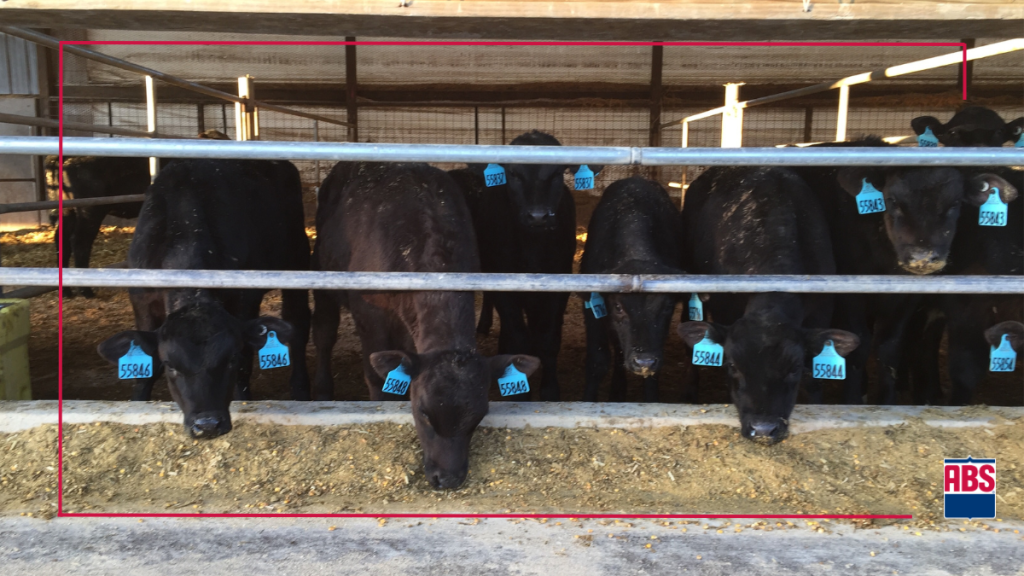Publish date: 7.17.23
Using good genetics in a beef on dairy program is essential for dairy producers to improve beef quality, increase marketability, optimize feed conversion, enhance health and productivity, and ensure long-term sustainability. Differentiating the beef cross calves you create will be key to standing out in a market filled with competition. By making informed breeding decisions and selecting beef sires with superior genetics and proven performance, dairy producers can maximize the potential of their beef on dairy program and meet the demands of both consumers and the beef industry.
Here are five reasons using good genetics in your beef on dairy program is crucial.
- Improved Beef Quality: The primary objective of a beef on dairy program is to produce high-quality beef animals from dairy cattle. By selecting and breeding dairy cows to beef bulls bred by design for carcass merit while proven for dairy performance, producers can enhance the quality of the resulting beef cross calves. This includes traits such as muscling, marbling, tenderness, and overall carcass composition. Good genetics contribute to the production of beef cross animals that meet or exceed supply chain requirements and consumer expectations for taste and tenderness.
- Increased Marketability: Incorporating good genetics in a beef on dairy program can significantly enhance the marketability of the resulting beef cross calves. The beef supply has become increasingly focused on quality attributes, including genetic potential. Calves with superior genetics for beef traits are more likely to fetch higher prices in the marketplace, attracting buyers seeking high-quality beef cross animals. This provides dairy producers with a competitive advantage and potentially increased profitability.
- Efficient Feed Conversion: Utilizing proven beef sires in a beef on dairy program can improve feed efficiency in the resulting beef cross calves. Efficient feed conversion means that the animals can convert feed into muscle mass more effectively, resulting in improved growth rates and reduced input costs. This is particularly important in a dairy setting where feed efficiency can impact the overall profitability of the operation as well as a trait that is becoming demanded from the beef supply chain. By selecting beef sires with superior genetics for growth and feed efficiency, dairy producers can optimize their resources, improve profitability, and create a beef cross the beef supply chain is looking for.
- Health and Productivity: Good genetics play a role in enhancing the health and productivity of beef cross calves in a dairy setting. By selecting animals with genetic resistance or tolerance to common diseases and health issues, producers can reduce the incidence of health problems in the beef calves. Healthy animals are more likely to reach their growth potential and achieve optimal carcass quality. Additionally, good genetics can contribute to improved reproductive performance, resulting in more efficient breeding and higher calf yields.
- Long-Term Sustainability: Incorporating good genetics in a beef on dairy program promotes long-term sustainability in the dairy industry. By selecting animals with desirable traits, producers can gradually improve the overall quality and profitability of their beef production. Furthermore, utilizing genetics that are adapted to the specific environmental conditions of the region can enhance the resilience and efficiency of the beef production system. This ensures the viability of the beef on dairy program and contributes to the economic sustainability of the dairy operation as a whole.
If you have not yet, consider taking your beef on dairy program to the next level by implementing traceability practices on your dairy for your beef cross calves. You can set yourself apart and get ahead of your competition with traceability. With a market that is becoming increasingly competitive, it is important to continue to do all you can to maximize your profits.
Learn more about creating the right beef cross calves for the supply chain by reading our article originally published in Progressive Dairy.






